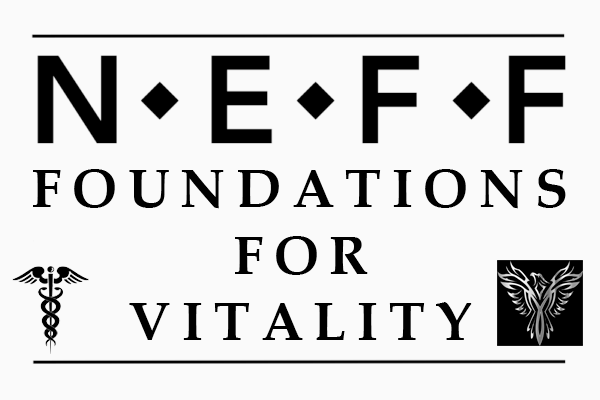The human gut microbiome is an incredibly diverse and dynamic community of microorganisms that inhabit the gastrointestinal tract, playing a crucial role in various aspects of human health. Comprising trillions of microorganisms, including bacteria, viruses, fungi, and archaea, the gut microbiome is a complex ecosystem with a richness and diversity that is truly remarkable.
- Bacterial Abundance: Bacteria dominate the gut microbiome, and their diversity is extensive. Thousands of different bacterial species have been identified in the human gut, with the majority belonging to two main phyla: Firmicutes and Bacteroidetes. These bacteria play essential roles in nutrient metabolism, immune system development, and protection against pathogens.
- Phylum-Level Diversity: Beyond Firmicutes and Bacteroidetes, the gut microbiome includes representatives from other bacterial phyla, such as Actinobacteria, Proteobacteria, and Verrucomicrobia. Each phylum comprises various genera and species, contributing to the overall diversity and functionality of the microbiome.
- Genetic Diversity: The genetic diversity within the gut microbiome is staggering. The collective genetic material of the microorganisms in the gut is known as the gut microbiome’s metagenome. This metagenome contains a vast array of genes that encode enzymes and other functional proteins, influencing metabolic processes and contributing to the overall health of the host.
- Individual Variation: The composition of the gut microbiome can vary significantly among individuals. Factors such as genetics, diet, lifestyle, age, and geography contribute to this variation. While certain core microbial species are shared among humans globally, each person’s gut microbiome is unique, resembling a personalized microbial fingerprint.
- Dynamic Changes Over Time: The gut microbiome is not static but rather dynamic, undergoing changes throughout a person’s life. Early life events, such as birth mode (vaginal or cesarean) and breastfeeding, shape the initial microbial colonization. The microbiome continues to evolve in response to dietary changes, antibiotic use, and other environmental factors.
- Functional Diversity: The diversity of the gut microbiome extends beyond taxonomic variation to include functional diversity. Different microbial species contribute to various metabolic functions, such as the fermentation of dietary fibers, production of short-chain fatty acids, and synthesis of certain vitamins. This functional diversity is essential for maintaining the overall health of the host.
- Cross-Kingdom Interactions: In addition to bacteria, the gut microbiome includes viruses (bacteriophages), fungi (mainly yeasts), and archaea. The interactions between these different microorganisms and their host create a complex web of relationships that influence the overall balance and functionality of the gut microbiome.
- Influence on Health and Disease: The diversity of the gut microbiome has profound implications for human health. A balanced and diverse microbiome is associated with a reduced risk of various diseases, including inflammatory bowel diseases, metabolic disorders, and even mental health conditions. Conversely, disruptions in the microbiome, known as dysbiosis, have been linked to a range of health issues.
Understanding the diversity of the human gut microbiome is a fascinating area of research that continues to unveil the intricate relationships between microorganisms and their host. As scientists delve deeper into this complex ecosystem, they gain insights into how manipulating the microbiome may offer novel therapeutic approaches for improving human health.







